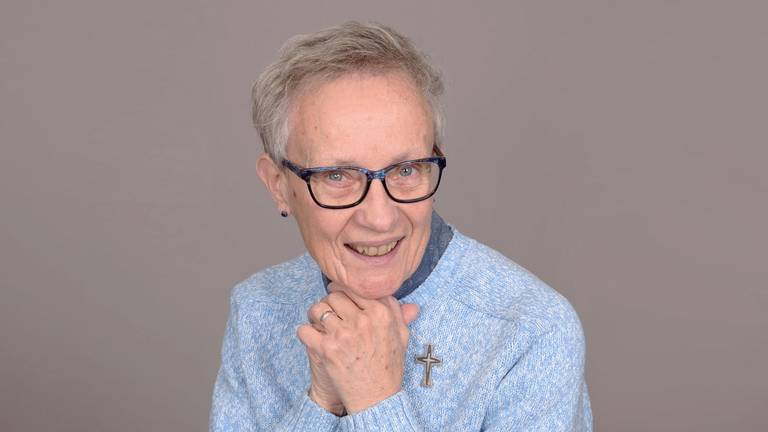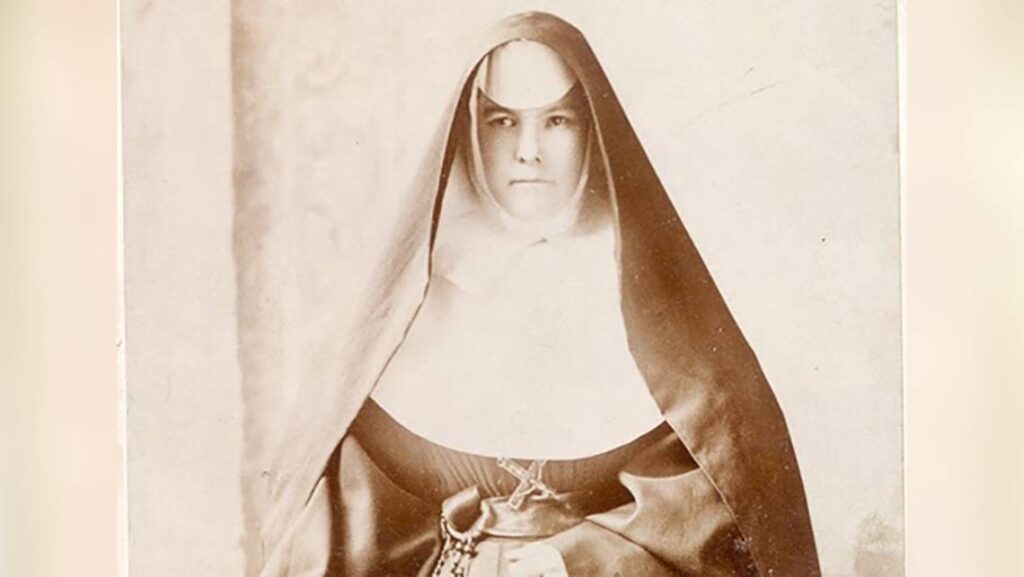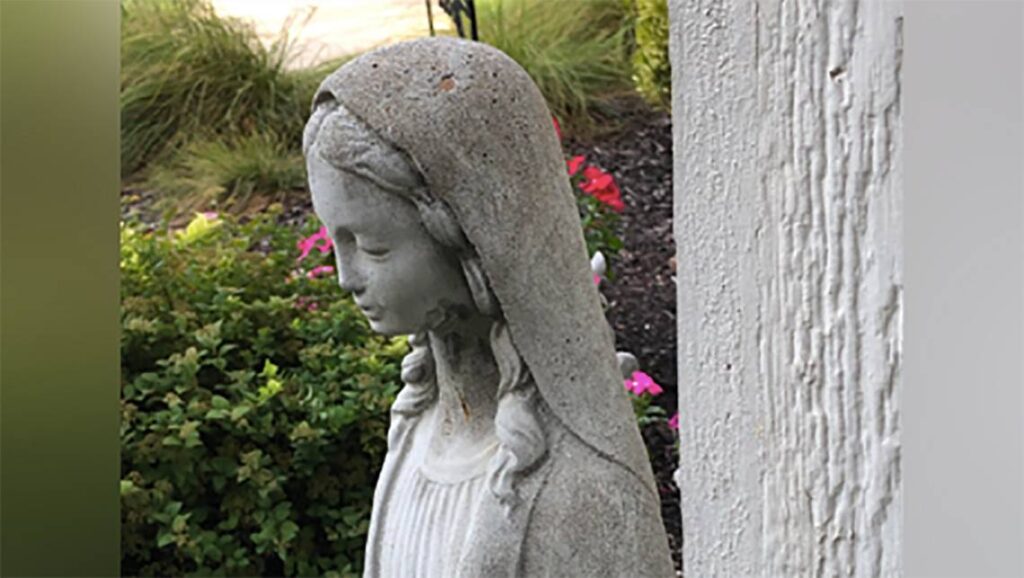KANSAS CITY (MO)
Kansas City Star [Kansas City MO]
April 30, 2021
By Melissa Henneberger
Sister Jeanne Christensen, the last member of the Sisters of Mercy still working in Kansas City, packed up her electric blue Corolla and drove back to her hometown of Omaha last week, ending her order’s service here after 134 years.
Kansas City women in particular have reason to thank her and all who came before her for that service. Because the sisters showed up for us, my sisters.
They’ve been doing that since the order’s foundress, Catherine McAuley, spent her inheritance to open the first House of Mercy as a shelter and school for women and girls in Dublin in 1827. But their history in Kansas City began on Aug. 2, 1887, when Sr. Mary Agnes Dunne arrived from Kentucky to set up a home for young working women living on their own in what Sr. Kathleen O’Brien, author of a history of the Sisters of Mercy, called this “newly large and unscrupulous city.”
The sisters also opened a family residence, St. Catherine’s Home, at 11th Street and Forest Avenue. They taught generations of Kansas City children in a number of different schools, and in the early years, sometimes slept in their classrooms, since the home for women at Sixth and Cherry streets was so crowded.
When Christensen moved here in 1967, just a year out of college, she taught, too, and lived over the store, so to speak, in a convent on top of St. Peter’s School.
Most of her career, though, has been in building affordable housing — and, it’s no exaggeration to say, building a fairer world.
REHABBED EAST SIDE HOUSING, WORKED WITH ABUSE VICTIMS
In 1985, she founded Mercy Housing K.C., which still develops and builds safe, affordable housing for families. “I was the executive director, the grant writer, the everything,” rehabbing housing on the East Side. When she worked with banks on financing, “I was known as, ‘Here comes Sister; she wants a deal.’ “ On the side, she managed an eight-plex, “to help pay for what I was doing.”
The goal, as she always saw it, was for kids to be proud to get off the school bus in front of their homes. “We had up to 90 families by the time I stopped” a dozen years later. Yet with some 3,000 families on the waiting list for Section 8 housing, “there was always another 90 families right behind them.”
Christensen also wanted to be part of constructing a safer and more equitable church. As peace and justice director for the Kansas City-St. Joseph diocese under Bishop Raymond Boland, she spent four years as the victims’ advocate for 40 people who’d been abused by clergy and one whose sibling had been abused and then had committed suicide.

This was 2000 through 2004, at the height of the first Catholic clergy abuse scandal. “Out of all those we met, one was not credible; he wanted money.” The pain of all the others was so real that “you become like a secondary victim, and learn to cope with that.”
Then, in 2005, Boland retired “and I think you know the story of Bishop Finn,” who replaced him. “No way I could continue to run the Office of Peace and Justice with integrity under Bishop Finn,” who cut the office’s budget in half during his first week on the job and was “very destructive” of her work with victims. “I don’t feel I could work in an institutional system that I felt was acting unjustly,” she told The National Catholic Reporter at the time. Amen, Sister.
Unfortunately, I do know of Bishop Robert Finn, whose incompetence was eventually eclipsed by his vicious legal campaign against abuse victims. Later, he became the only American bishop to be convicted of failing to report a priest suspected of child sex abuse to authorities.
After walking away ahead of that explosion, from which the diocese is still recovering, Christensen went to work for the justice team of her order, working against racism and for nonviolence, immigrants, the environment and women’s rightful place in the Catholic Church and in society.

And finally, in recent years, Christensen co-founded U.S. Catholic Sisters Against Human Trafficking, a nonprofit that employs a paid staff of the young laywomen Christensen sees as her successors.
‘WE RESCUED MARY. SHE’S NOW ON MY BALCONY.’
For the last 18 months, “I was the last one in Kansas City, and I left because I was the last Sister of Mercy” in town. “I didn’t join the community to be by myself.”
So she’s just moved back into the Sisters of Mercy West Midwest’s motherhouse — into one of the order’s three Omaha apartment buildings on the home campus of its central office, actually, where on every floor there are common rooms for prayer and potlucks. At 77, she’s not retiring, but will keep doing her anti-trafficking advocacy from there.
Looking back on it all — from the many “Why did you join?” questions that later gave way to, “Why did you stay?” when many others did not — she says what few people anywhere can: “I was talking to a novice via Zoom and I said I have no regrets. None. I am part of the last chapter” in Kansas City, “but the Book of Mercy is not closed. The epilogue is our legacy, the people we served.”
Before leaving town, she and a friend stopped at the group’s former convent, also the home of St. Agnes Academy, which had long since been sold, emptied and vandalized, and loaded the abandoned statue of the Virgin Mary that still stood out front into the hatchback, too. “We rescued Mary. She’s now on my balcony in Omaha.”

There has always, and I say this with admiration, been a little outlaw in the Sisters of Mercy. Without that, they would never have shown up here in the first place.
[Melinda Henneberger is vice president and editorial page editor for The Star. She has covered crime, local and state government, hospitals, social services, prisons and national politics. For 10 years, she was a reporter for The New York Times in New York, Washington, D.C. and Rome. She was a Pulitzer finalist for editorial writing in 2020 and for commentary in 2019. She received the Mike Royko Award for Commentary and Column Writing from the News Leaders Association in 2019.]
